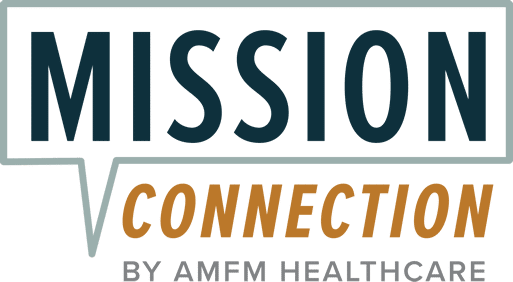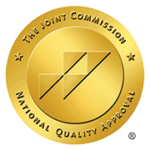
Key Takeaways
- A depression mood tracker is a tool that helps you document and analyze your emotional states over time, allowing you to identify patterns, triggers, and potential solutions to improve your mental health.
- There are various mood-tracking tools available, both digital and paper-based, each with unique features to suit individual needs.
- Successful mood tracking involves selecting the right tool, consistent daily entries, and regular review of your data.
- Mood trackers provide valuable insights that can enhance communication with mental health professionals.
- At Mission Connection Healthcare, we integrate mood tracking into our comprehensive depression treatment plans, providing professional guidance to help you interpret your emotional patterns and develop effective coping strategies.
Depression Mood Tracker Basics
Definition and Purpose
A mood tracker is essentially a diary for your emotions. It’s a tool that helps you record your mood at different times of the day or week so that you can become more aware of your emotional fluctuations. A mood tracker lets you see if some specific patterns or triggers influence your mood, which can be incredibly beneficial when managing depression.
Tools and Methods
Tools to track your mood range from simple pen-and-paper diaries to sophisticated digital apps. Digital apps often provide reminders, analytical tools, and even integration with other health apps to give you a comprehensive view of your mental health.
Signs You Might Need a Tracker
If you find yourself experiencing frequent mood swings, unexplained sadness, or difficulty in identifying what triggers your depressive episodes, a mood tracker might be useful. It can also be helpful if you’re starting a new treatment or therapy because it gives you a baseline to measure your progress.
| Mission Connection: Outpatient Mental Health Support Mission Connection offers flexible outpatient care for adults needing more than weekly therapy. Our in-person and telehealth programs include individual, group, and experiential therapy, along with psychiatric care and medication management. We treat anxiety, depression, trauma, and bipolar disorder using evidence-based approaches like CBT, DBT, mindfulness, and trauma-focused therapies. Designed to fit into daily life, our services provide consistent support without requiring residential care. Start your recovery journey with Mission Connection today! |
Benefits of Using a Mood Tracker
Improved Self-Awareness
By consistently recording your moods, you become more attuned to your emotional states and how they fluctuate. This heightened awareness can empower you to make informed decisions about your mental health.
For example, you might notice that certain activities or times of day consistently lead to a decline in mood. With this knowledge, you can take proactive steps to avoid these triggers or develop coping strategies to manage them better.
Pattern Recognition
A mood tracker helps identify patterns that might otherwise go unnoticed. By documenting your mood over weeks and months, you can see connections between your emotional states and factors like sleep quality, medication adherence, social interactions, or even weather changes.
These patterns can reveal the underlying rhythms of your depression so that you can anticipate difficult periods and implement preventive strategies before your mood deteriorates significantly.
Measurable Progress
Mood tracking gives you concrete evidence of your mental health journey so that your progress is more tangible. During treatment for depression, improvements can sometimes feel subtle or difficult to recognize at the moment.
Having a record of your moods over time allows you to look back and see how far you’ve come, which can be tremendously motivating during challenging periods. Objective measurement of your progress reinforces positive changes and helps you maintain momentum in your recovery.
Insights for Treatment
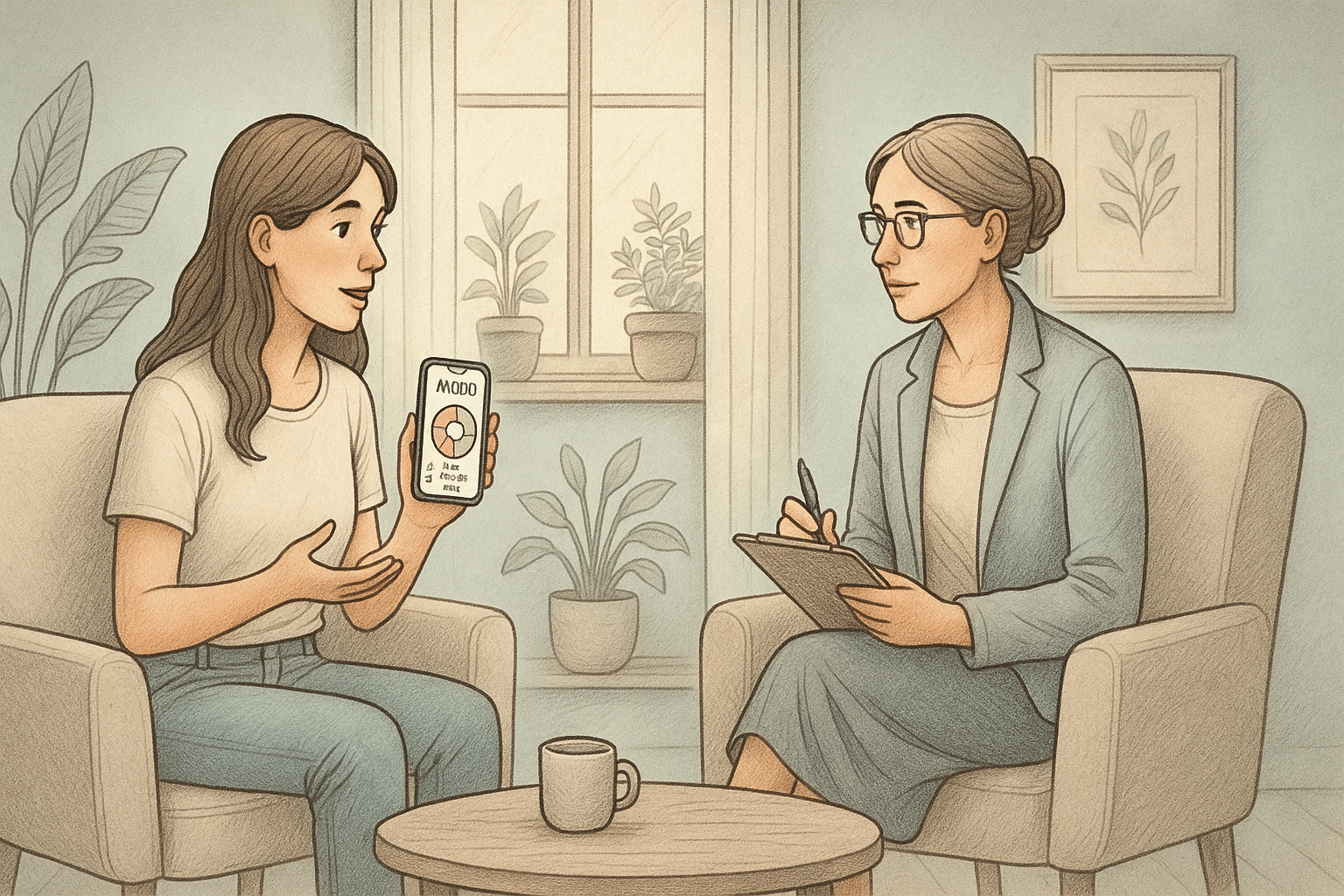
Mood trackers facilitate better communication with mental health professionals. When you share your findings with a mental health professional, they can provide insights and help you interpret the data, which can be invaluable in managing your depression effectively.
Choosing the Best Mood Tracker
Paper Options
Paper journals give you a tactile experience and allow for more creative expression. They don’t rely on technology, which can be a plus if you prefer to unplug or have concerns about data privacy.
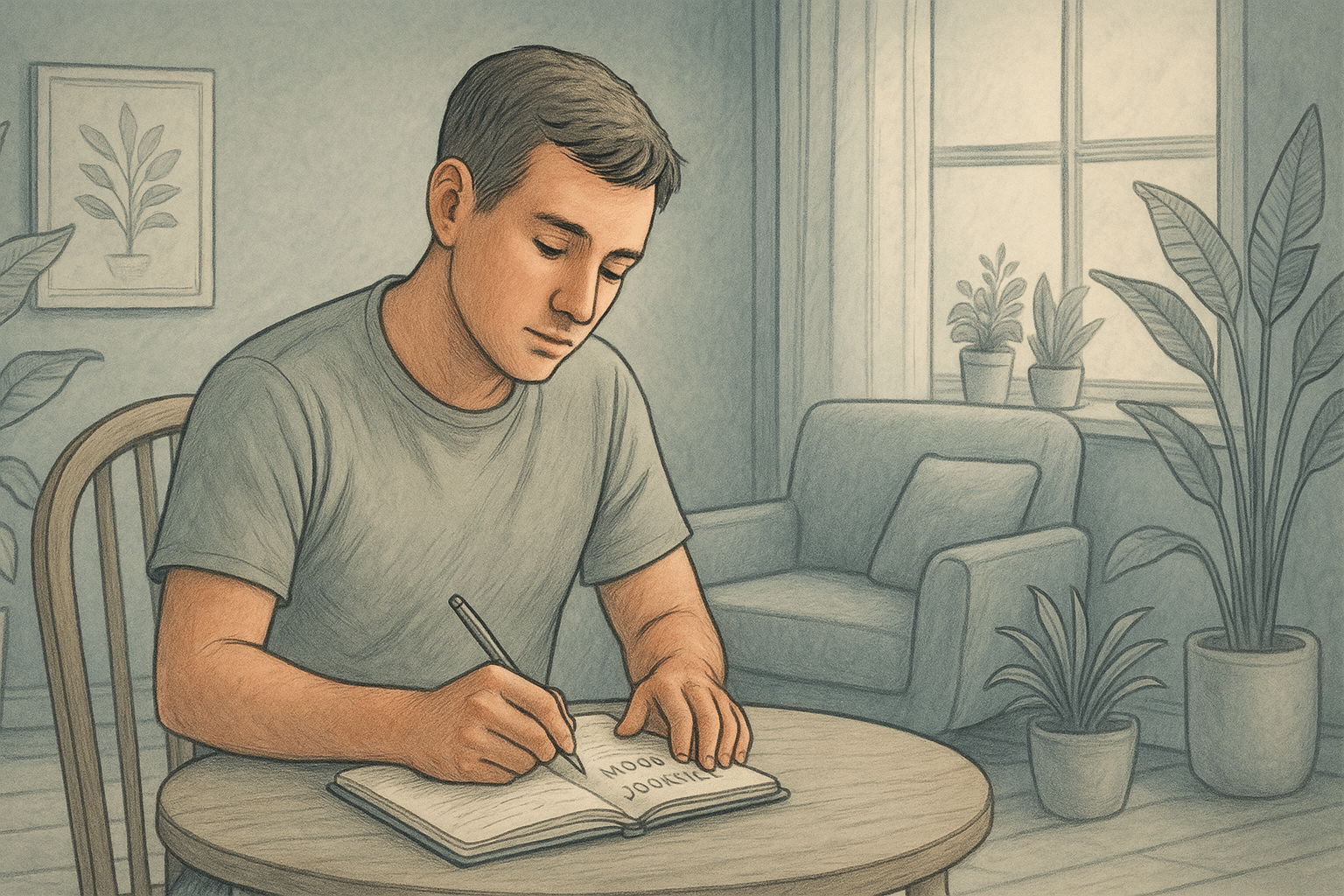
Bullet journals, structured mood diaries, and creative journals all offer different approaches to paper tracking. Many people find that customizing their journals with colors, stickers, or drawings makes the process more engaging and sustainable long-term.
Ultimately, the choice between digital and paper depends on your personal preferences and lifestyle.
Digital Options
Digital mood trackers, such as apps and online platforms, are convenient and easily accessible. They often come with features like mood graphs, reminders, and the ability to track other health metrics simultaneously. These can be particularly useful if you like having everything in one place.
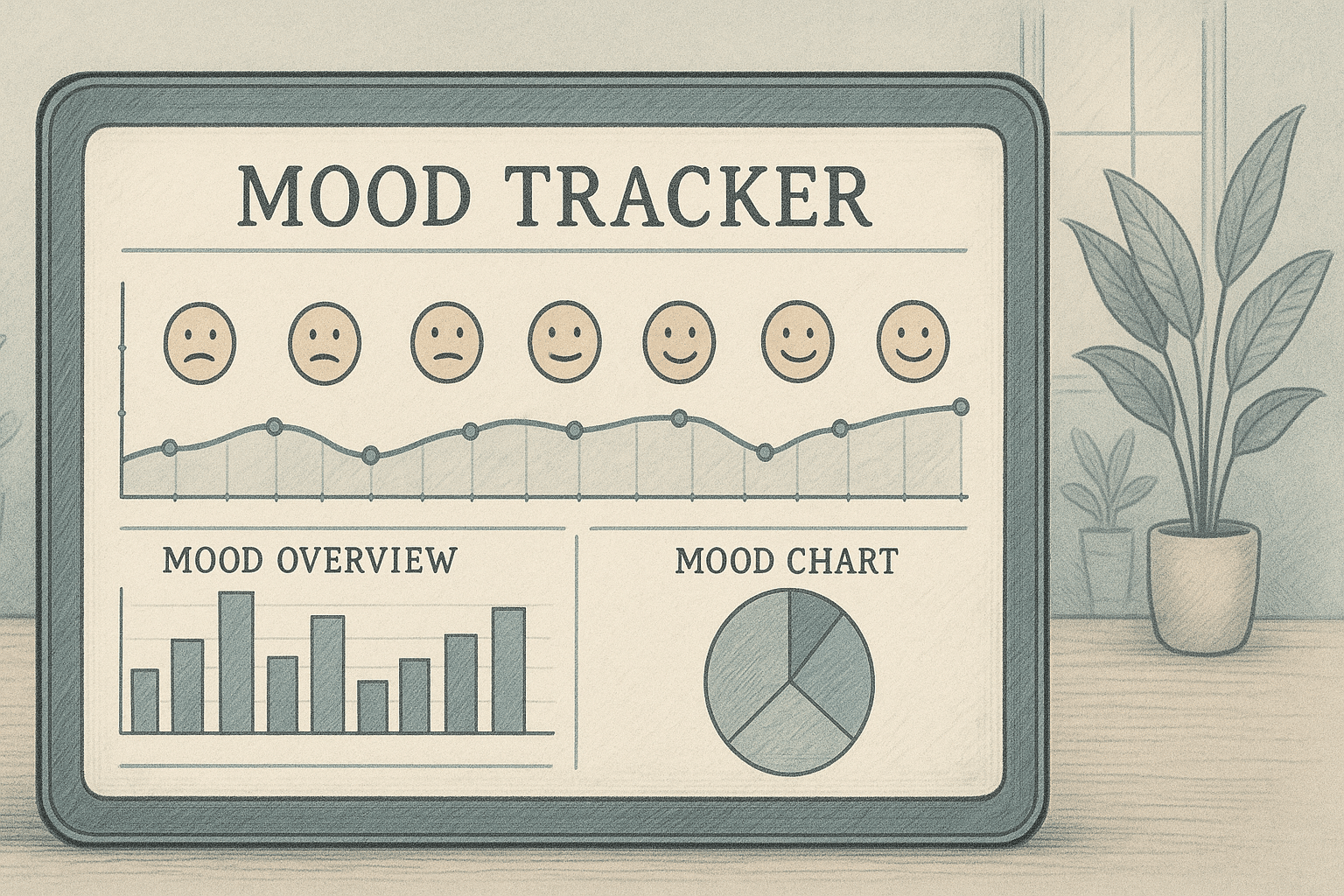
Some advanced apps even employ machine learning algorithms that detect patterns and provide personalized insights about your mood fluctuations, potentially identifying triggers before you recognize them yourself.
App Feature Considerations
When choosing a digital mood tracker, consider the features that are most important to you. Here are some common features to look for:
- Reminders: Ensure you never miss an entry.
- Graphs and Charts: Visualize your mood patterns over time.
- Note-Taking: Add context to your mood entries with notes.
- Customization: Personalize your tracker to fit your needs.
- User Friendly: A mood tracker should feel like an extension of yourself, not a chore. Choose one that feels intuitive and easy to integrate into your life.
Consider trying a few different options to see which one works for you. It’s okay to switch if one doesn’t meet your needs.
Recommendations and Popular Choices
Here are some popular mood trackers that have been well-received by users:
- Daylio: A micro-diary app that allows you to track moods and activities with just a few taps.
- Moodpath: Provides insights and assessments to help you understand your emotional health.
- Moodfit: Gives you a comprehensive approach to mood tracking, gratitude journaling, and habit tracking.
Integrating Mood Tracking into Daily Life
Routine Building
To build a routine, try linking mood tracking with an existing habit. For example, you could log your mood after brushing your teeth or before bed. This makes it easier to remember and ensures it becomes a natural part of your daily activities.
Besides that, consider setting aside a few minutes each week to review your entries. Reflecting on your mood patterns can provide valuable insights and help you make informed decisions about your mental health.
Sharing Insights with Others
Sharing your mood-tracking insights with others can be incredibly beneficial. Whether it’s with a mental health professional, a trusted friend, or a support group, discussing your findings can provide new perspectives and support. Professionals can offer guidance and help interpret your data, while friends and family can offer emotional support and understanding.
Adapting Over Time
Mood tracking isn’t a static process—it should evolve as you do. Over time, you might find that certain methods or tools no longer serve you as well as they once did. Be open to adapting your approach. This might mean trying a new app, changing your tracking frequency, or focusing on different aspects of your mood and behaviors.
Find Healing With Mission Connection’s Approach to Depression
Understanding your emotional patterns is a powerful step toward managing depression effectively. At Mission Connection Healthcare, we incorporate these tools into our comprehensive depression treatment programs, helping you track your mood and meaningfully interpret and act on the data collected.
Our experienced mental health professionals in California, Virginia, and Washington help you select the right tracking method for your lifestyle and needs. We also provide the clinical expertise to transform your mood data into tangible improvement.
Unlike self-directed tracking alone, our collaborative approach ensures your mood patterns inform your personalized treatment plan by combining evidence-based therapies, skill-building, and ongoing support.

Contact us today to learn how our personalized depression treatment services can help you reclaim hope and reconnect with your inner strength.
Frequently Asked Questions (FAQs)
How often should I update my mood tracker?
Ideally, you should update your mood tracker daily. Consistent daily entries provide the most accurate picture of your emotional patterns. However, if daily tracking feels overwhelming, aim for at least a few times a week. The key is regularity, since this will yield the most useful data. Set reminders or link the habit to a daily routine to ensure consistency.
Can mood trackers replace therapy?
No, mood trackers are not a replacement for therapy; they’re complementary tools that can enhance your therapeutic journey. While they provide valuable insights and self-awareness, therapy offers professional guidance, support, and intervention strategies that a tracker alone cannot.
Are digital mood trackers better than paper ones?
Both digital and paper mood trackers have their advantages. Digital trackers offer convenience, features like reminders, and easy data analysis. Paper trackers provide a more tactile experience and can be more customizable. The best choice depends on your personal preference and lifestyle—try both methods to see which one works better for you.
Is mood tracking useful for children?
Yes, mood tracking can be beneficial for children, especially those experiencing emotional challenges. Simplified versions, such as using smiley faces or colors to represent moods, can help children express their feelings. It can also open up conversations between children and parents or caregivers about emotions and coping strategies.
How does Mission Connection incorporate mood tracking into depression treatment?
At Mission Connection Healthcare, we integrate mood tracking as part of our comprehensive depression treatment approach. Our mental health professionals help you select an appropriate tracking method, teach you how to identify meaningful patterns and use your tracking data to inform and adjust your personalized treatment plan. This collaborative approach ensures that your treatment evolves based on your unique emotional patterns and needs.
